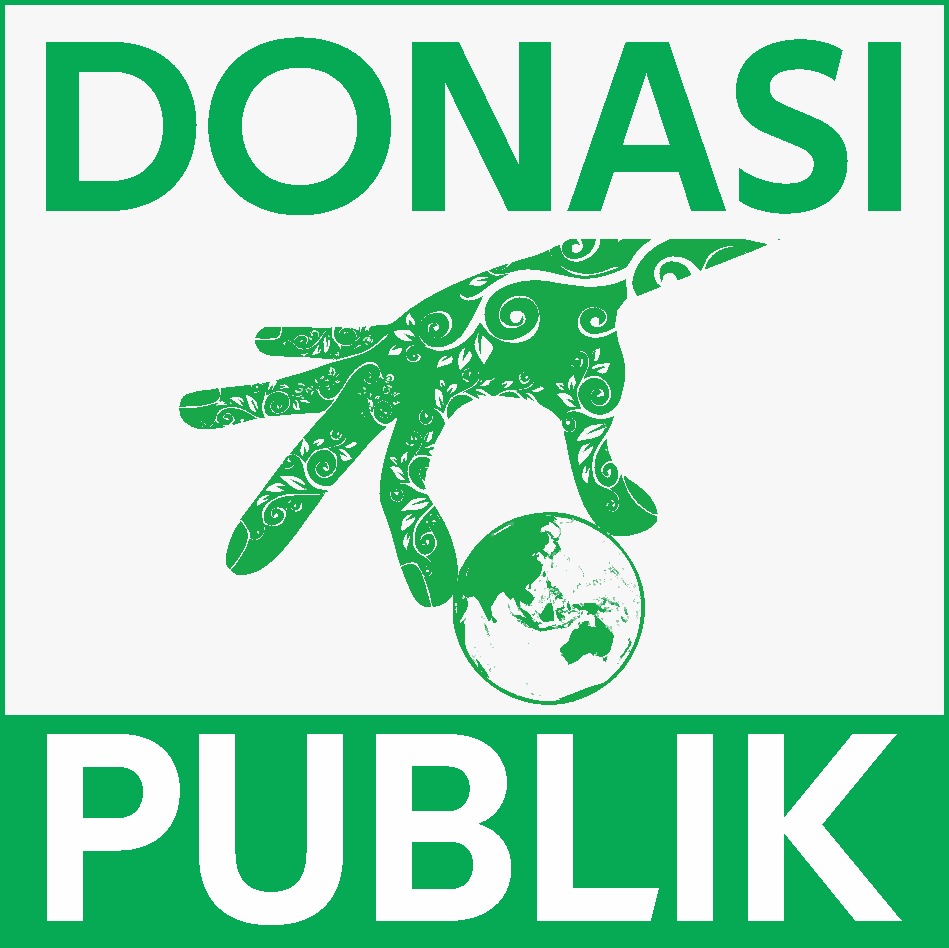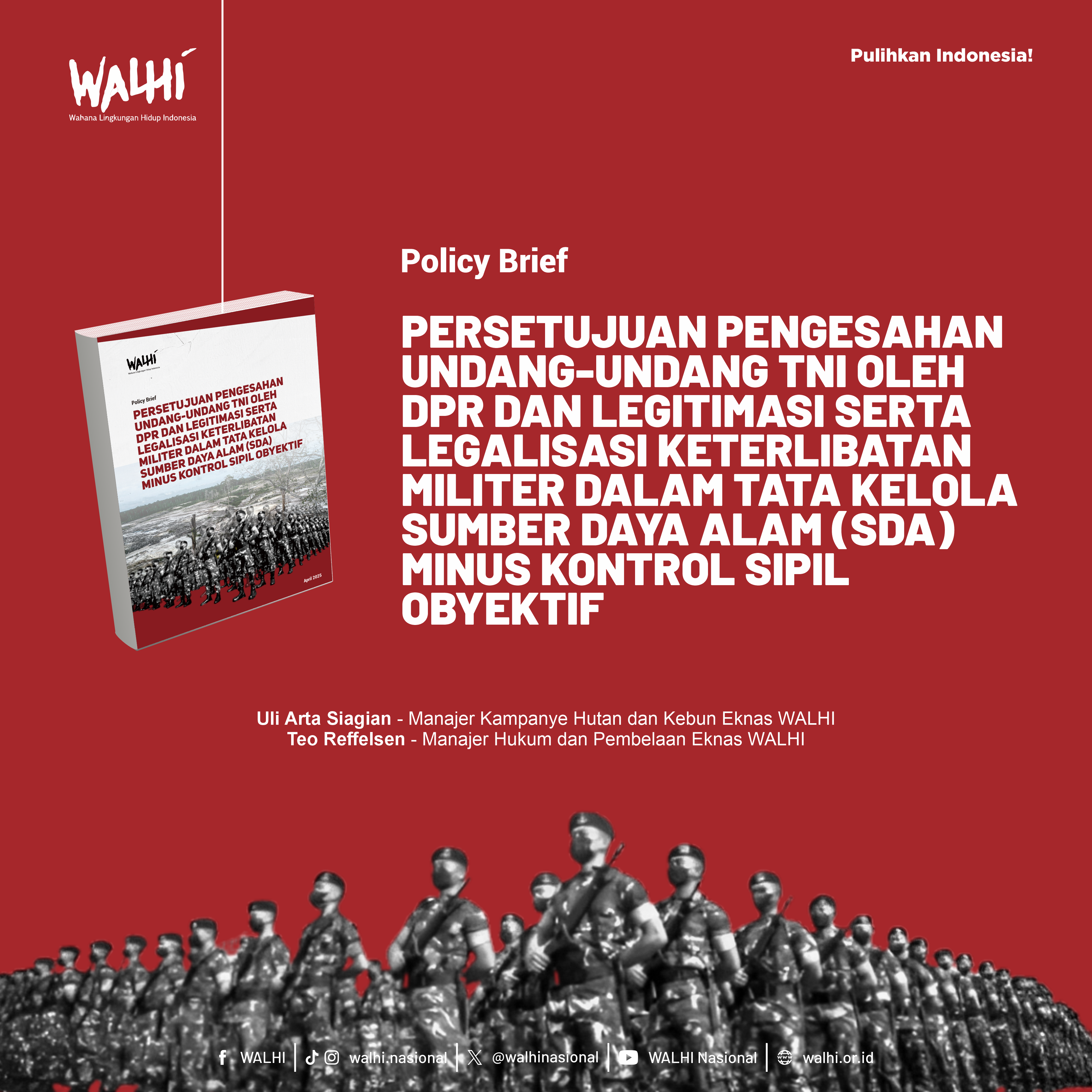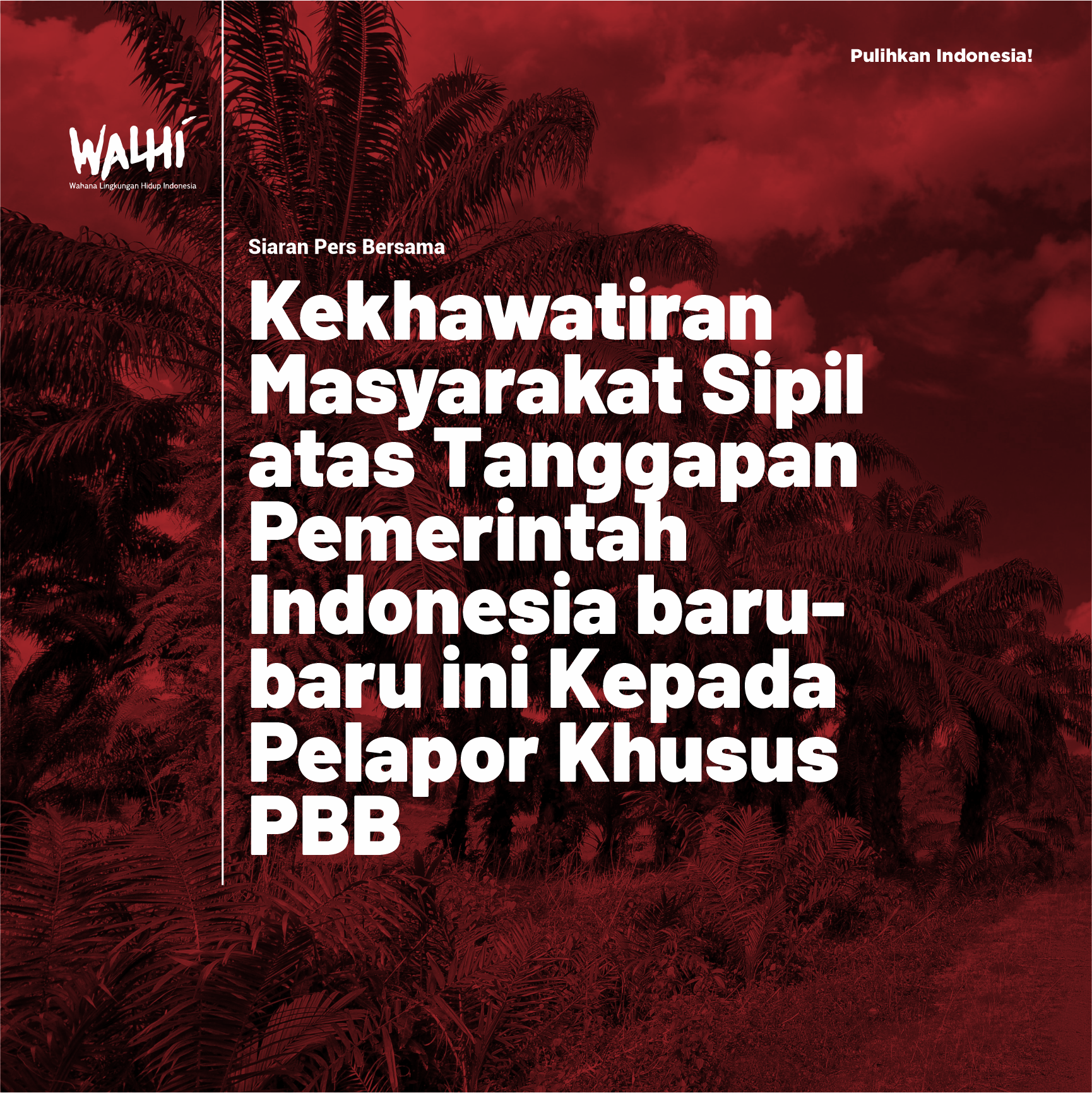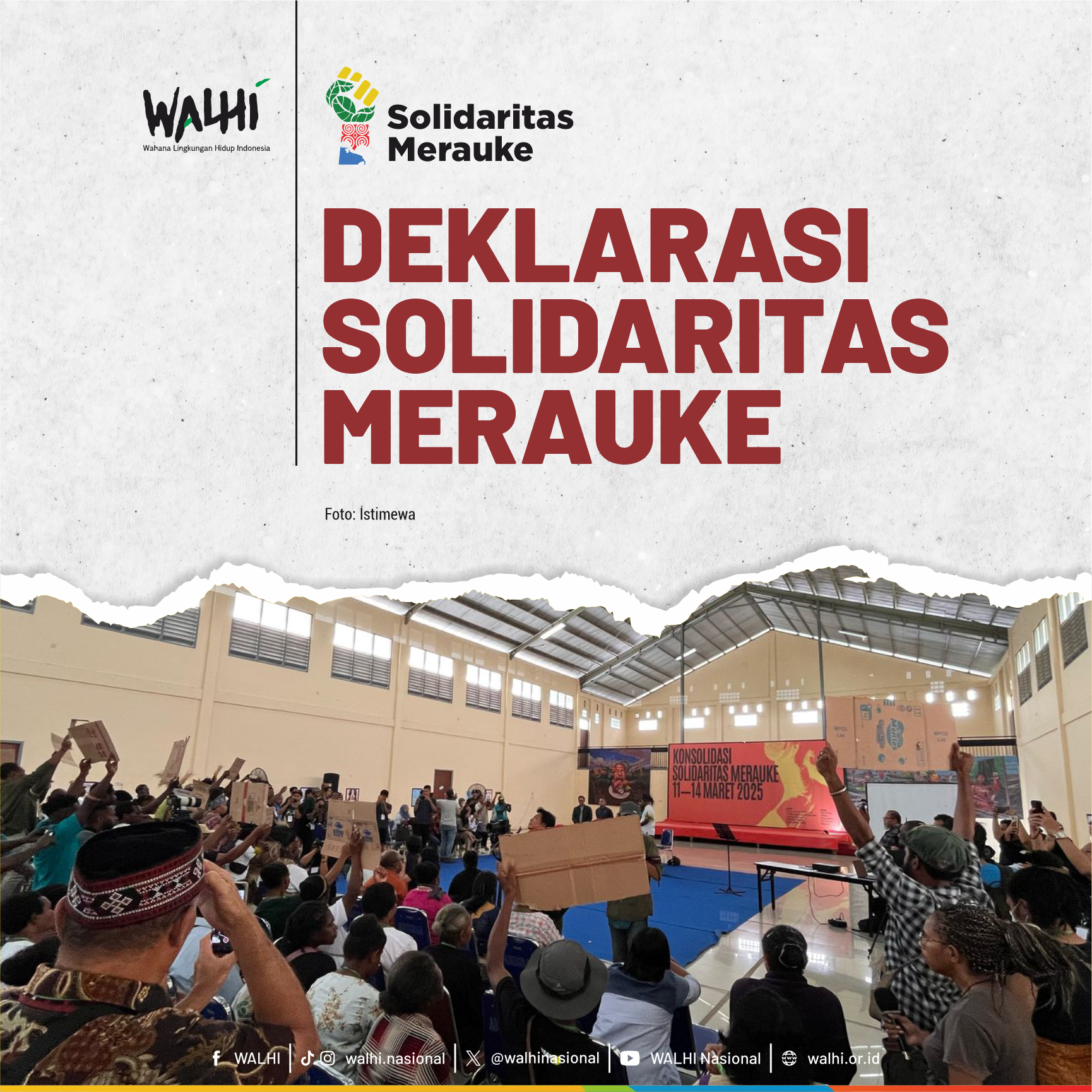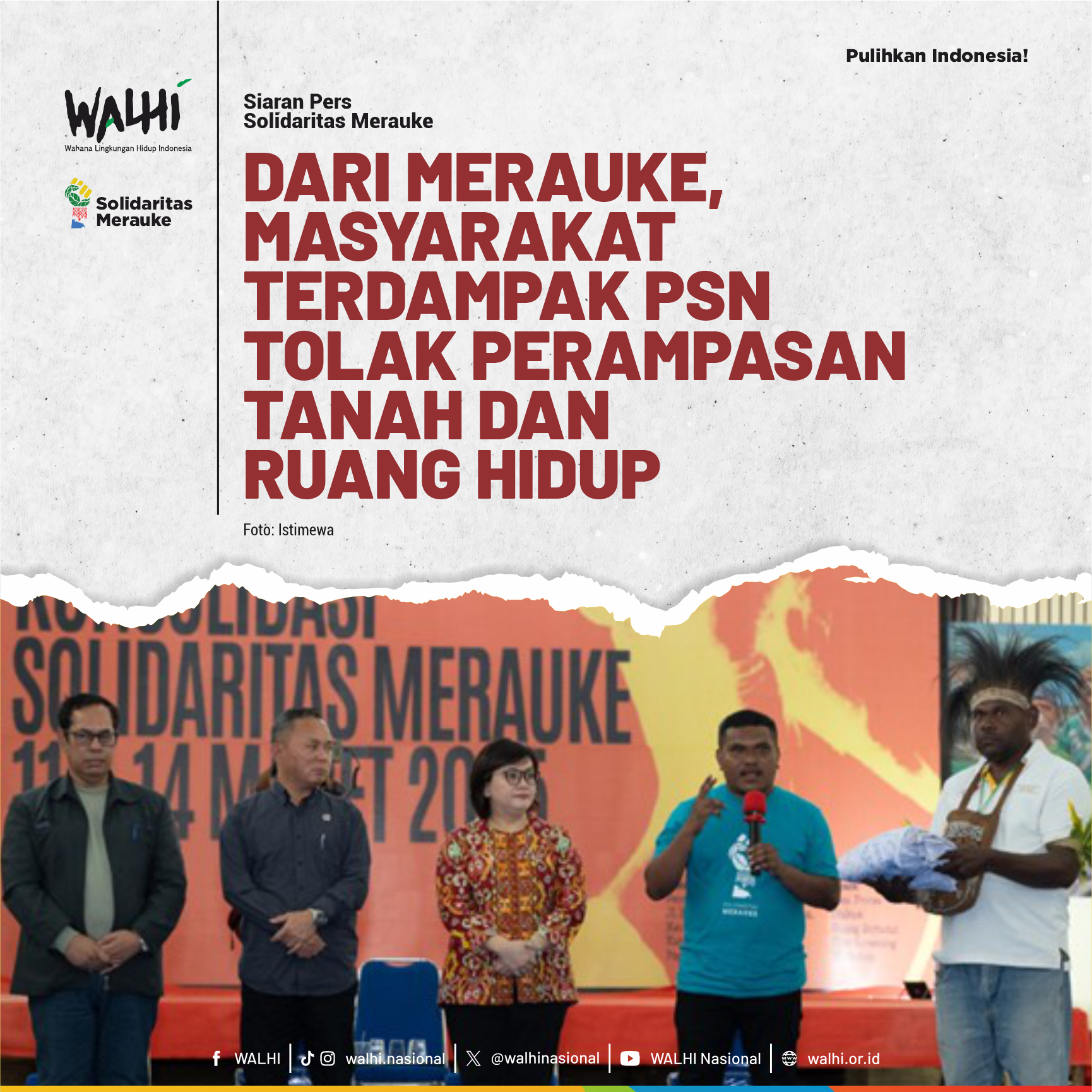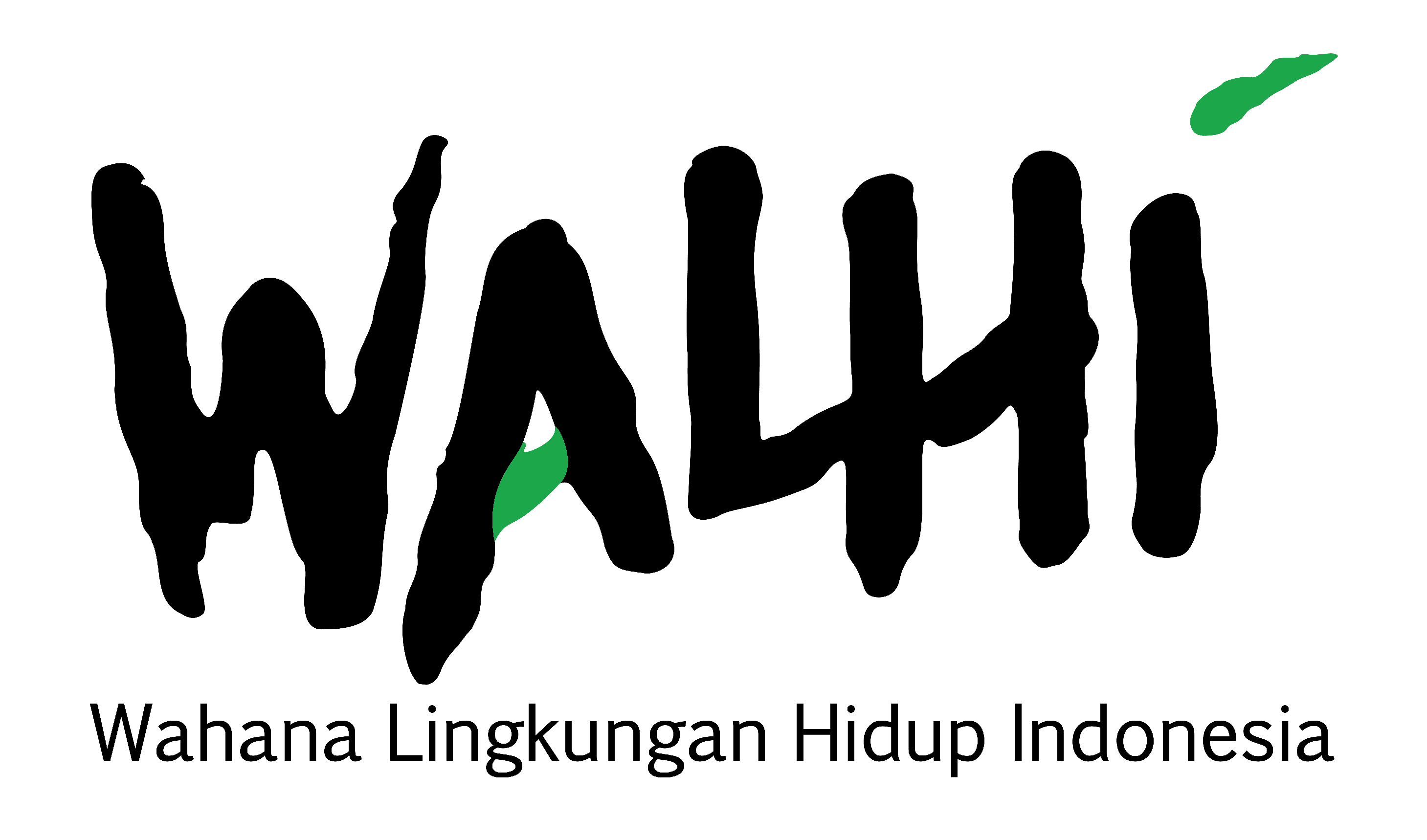Forest fires are still occurring in 2017, though not as big as the previous years. Forest and land fires that happen again and again indicate that the anticipatory action are not sufficient without law enforcement, especially if forest and land fires occur in the concession area of a company. According to data from Ministry of Environment and Forestry (KLHK), land damaged by forest fires as of August this year is about 20,250 hectares throughout Indonesia. Forest and land fires also recurred in West Kalimantan. Based on satellite imagery data obtained from Global Forest Watch, hotspots began to be found from 24th July to 5th August 2017. Five districts have set emergency status of forest and land fire, such as Kubu Raya, Ketapang, Sekadau, Melawi, and Bengkayang. However in some of the most heavily damaged forest districts, such as Sanggau, Kapuas Hulu, Pontianak, Sintang and Landak do not establish emergency alert status. The consequencies are the anticipation and coordination to overcome forest and land fires are not running maximally. 
If seen in the time span between 24th July to 5th August 2017, it can be found that the most fire point occurred on August 5 which reached 120 hotspots. Then on 29th July and 31st July, each of them have 104 hotspots. A total of 26% of the overall hotspots are within the area in the moratorium indicative map. While 26% of hotspots are in peatland. If the percentage of hotspots is divided based on concession and non-concession plantation areas either palm and timber plantations, then 47% of fires are outside the concession area and 53% are within the concession area, where 35% of the fires in the concession are in palm oil plantation concession areas.

For example, the hotspot of the period are commonly found in palm and timber plantation concessions, such as: PT. Tri HM 1 (palm) with 18 hotspots, PT. Bumi Mekar Hijau (wood garden) 11 hotspots, PT. Ragam R.R (palm) 11 hotspots, PT. Mandala Agrisindo Perkasa (palm) with 10 hotspots, PT. Bukit Baraindo Pelita Utama (palm) 10 hotspots. If seen from forest and land fires monitoring as described above, the local government and law enforcement officers should not only focus on fire suppression on community owned land, but also see the practice of corporations in managing plantations of palm and timber. Since most of the hotspots are actually located within the territory of companies concessions, not on community farms.
